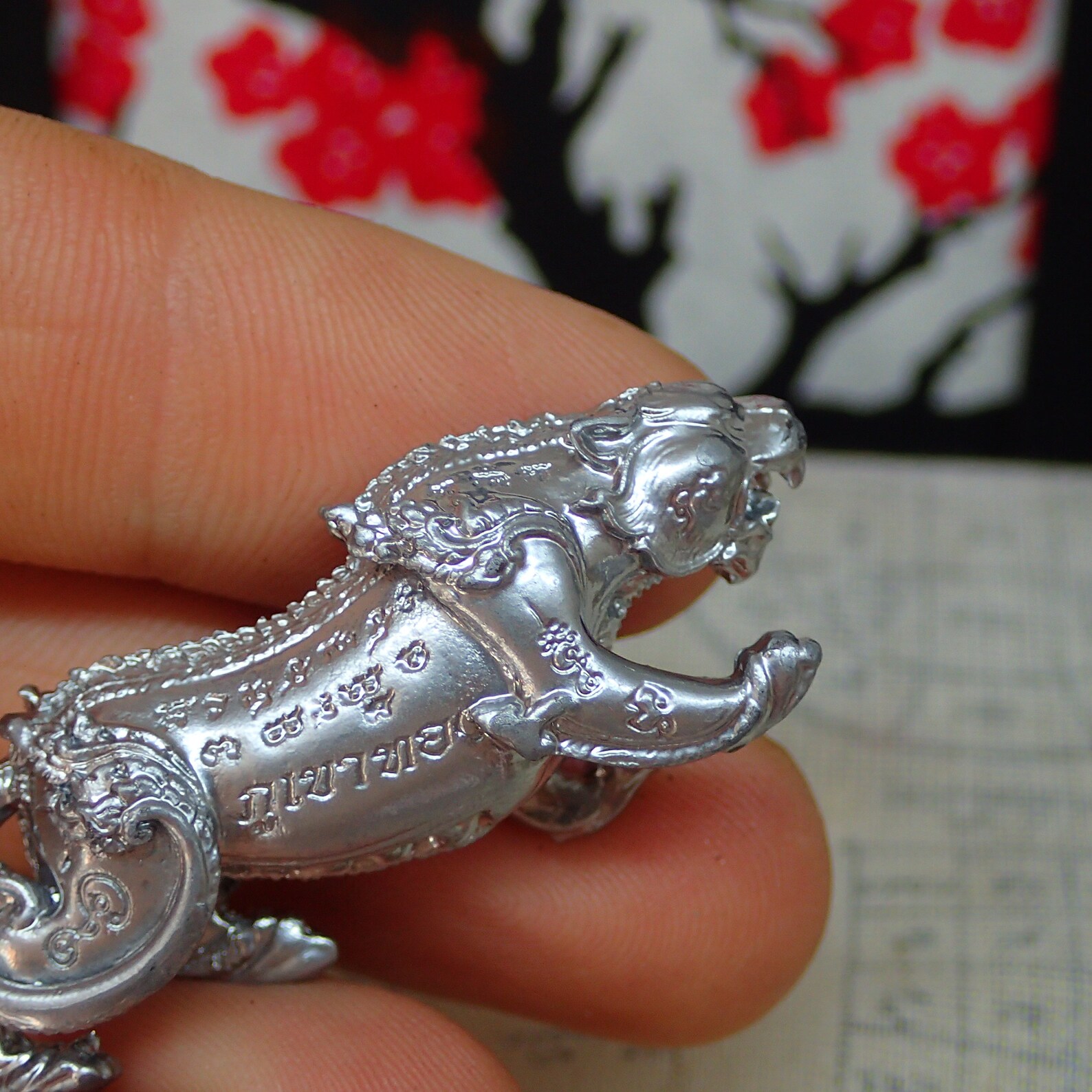
They had nothing like the power of a wolf’s jaws, for example.īesides its pouch, the one thing that differentiated the Tasmanian tiger from a dog or just about any other animal was its footprint. Though it had an unusually large gape and 46 teeth as opposed to a wolf’s 42, the Tasmanian tiger’s jaws weren’t very powerful. On the other hand, the size of the sinus cavity in the animal’s skull points to a well-developed sense of smell. There are scientists who believe that, unlike the dog, the Tasmanian tiger’s sense of smell wasn’t very acute and that it found its prey through sound and sight, even though it hunted at night. The stripes tended to fade in older animals. These stripes were how the thylacine got its name the Tasmanian tiger.

There were between 15 to 20 stripes across the animal’s back that continued to the base of the tapering tail and dipped into the upper thigh. Its belly was cream, and its ears were rounded and erect. It had a short, dense coat whose ground color ranged from fawn-colored to chocolate. It had a long muzzle with whiskers, stood about 2 feet high at the shoulder, was about 39 to 51 inches long excluding the 2-foot long tail, and weighed as much as 66 pounds. The Tasmanian tiger was the size of a medium-sized dog such as a pharaoh hound though its long tail was stiff because the bones there were fused. Like the dog, the Tasmanian tiger was a carnivore and a predator and was indeed the apex predator of the island of Tasmania off the coast of Australia. This is when two unrelated animals evolve similar characteristics, most likely due to the niche it plays in it’s ecosystem. Its canine looks were an instance of convergent evolution. The Tasmanian tiger or thylacine had the appearance of a dog, but it was not even closely related to a dog.

See all of our entertaining and insightful animal articles.

However, Colossal also wants to bring back the wooly mammoth - which is a pretty huge jump in terms of timespan. UHWmP9QNO5- Breakfast Television September 14, 2021 Researches want to produce embryos of these cells. The thylacine has been extinct for less than 100 years, so its not like we live in an entirely different world to when it was alive.īioscience and genetics company Colossal has received $15 million in private funding to bring thousands of woolly mammoths back to Siberia 🦣 The company is trying to add genes to elephant DNA such as dense hair and thick fat.


 0 kommentar(er)
0 kommentar(er)
